THIS CONTENT IS BROUGHT TO YOU BY the Western Norway University of Applied Sciences (HVL) - Read More
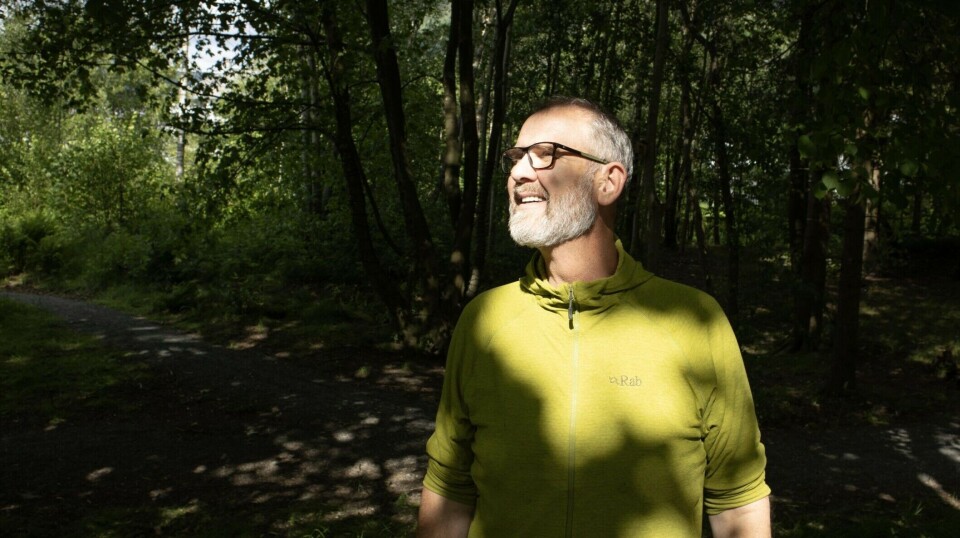
Students who fall behind:
"I completely lost faith in myself. I didn’t think I’d ever have a partner, a job, or a life"
Even students who seem to have been written off by everyone can regain their self-confidence, according to new research.
Kenneth Bruvik is an imposing figure, standing two metres tall with large hands and a broad smile. Nevertheless, he knows all too well what it´s like to feel small. He felt that way throughout most of his school years.
“When I looked at texts, they were just a jumble of words. Numbers were a bit better, but they weren’t easy either. I couldn’t find any flow in them,” he recalls.
At night, he would lie in bed, dreading the next school day, convinced that he would not be able to accomplish anything. He could not grasp the connections in his schoolbooks, so eventually, he stopped opening them altogether. Instead, he talked. A lot.
Young Kenneth was a constant challenge for the teachers at Fjell Middle School, just outside Bergen, as he himself admits. They did not know what to do with him.
The teachers tried their best: they provided special education, extra reading practice, and ongoing support. But nothing seemed to help.
Then, three unexpected things became his saving grace:
The sea.
The janitor.
Two sentences his teacher once said about him.
The devastating inequality
How do we create an educational system that supports and stimulates all children so they can participate equally in society?
This question is at the heart of a European research project involving researchers from nine different countries, including Solvejg Jobst and Ivan Tokheim from the Western Norway University of Applied Sciences.
The researchers are examining alternative practices in the school system – innovative teaching methods designed to help students who struggle with traditional education.
Their research aims to provide recommendations to national authorities in the nine countries on how all children can receive the support and services they need, both in their education and personal development.
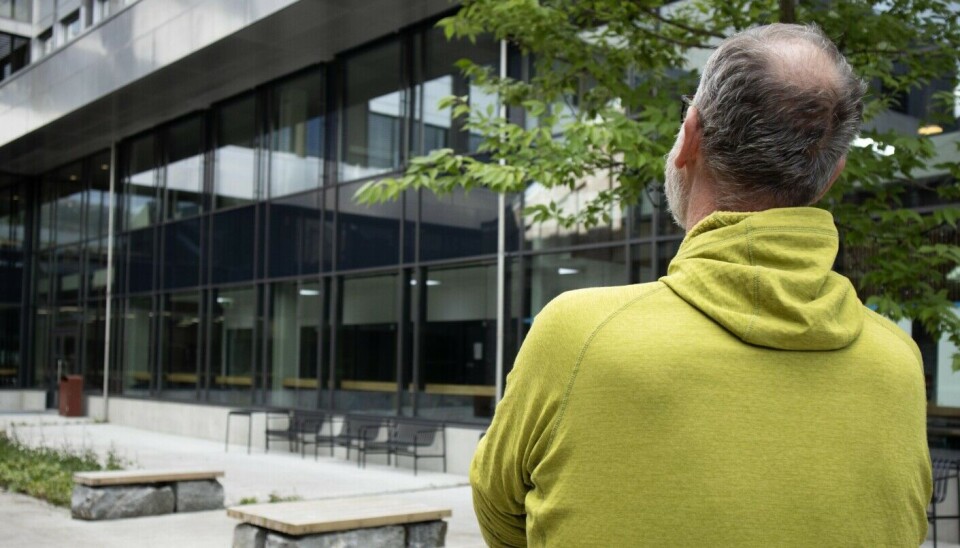
Students struggle in many different ways. Some have learning difficulties. Others have developed challenging behaviours, becoming violent or disruptive. Still others have withdrawn completely into themselves, struggle mentally, with some even experiencing suicidal thoughts. Some come from unstable homes.
The variations are vast, but they all share one thing in common:
“They’ve lost their sense of agency. These children and young people have faced failure in school for so long that they’ve lost faith in themselves. As a result, they can no longer take responsibility for themselves or make good decisions, ” says Ivan Tokheim.
“But this is something we can address, even in the most challenging cases,” he adds.
The one who loved the sea
One of the alternative educational programmes that Jobst and Tokheim have researched, along with several colleagues, is called TAM. The Norwegian acronym stands for Safety, Responsibility, and Mastery, and it has existed for nearly 26 years.
Children and young people from 5th to 10th grade in the Sotra schools can apply to participate in this programme. Currently, 30 students are part of the project.
One day a week, they go on placements and work in small groups, engaging in maritime activities like fishing, taking the boat operator’s exam, and cleaning up beaches.
The man who started this programme a quarter of a century ago is Kenneth Bruvik.
“I grew up by the sea. Down by the shore, I felt at home, much more than anywhere else,” he says.
After miserable years in middle school, he gravitated towards the sea, seeking an escape from school. He first worked for a while on a purse seiner, then spent a few years at a mechanical workshop. These were happy years – working with his hands, doing practical tasks.
He, who had mostly felt useless throughout his school years, now realised that he was good at something. Very good. If something needed fixing, Bruvik would most likely find a way to fix it.
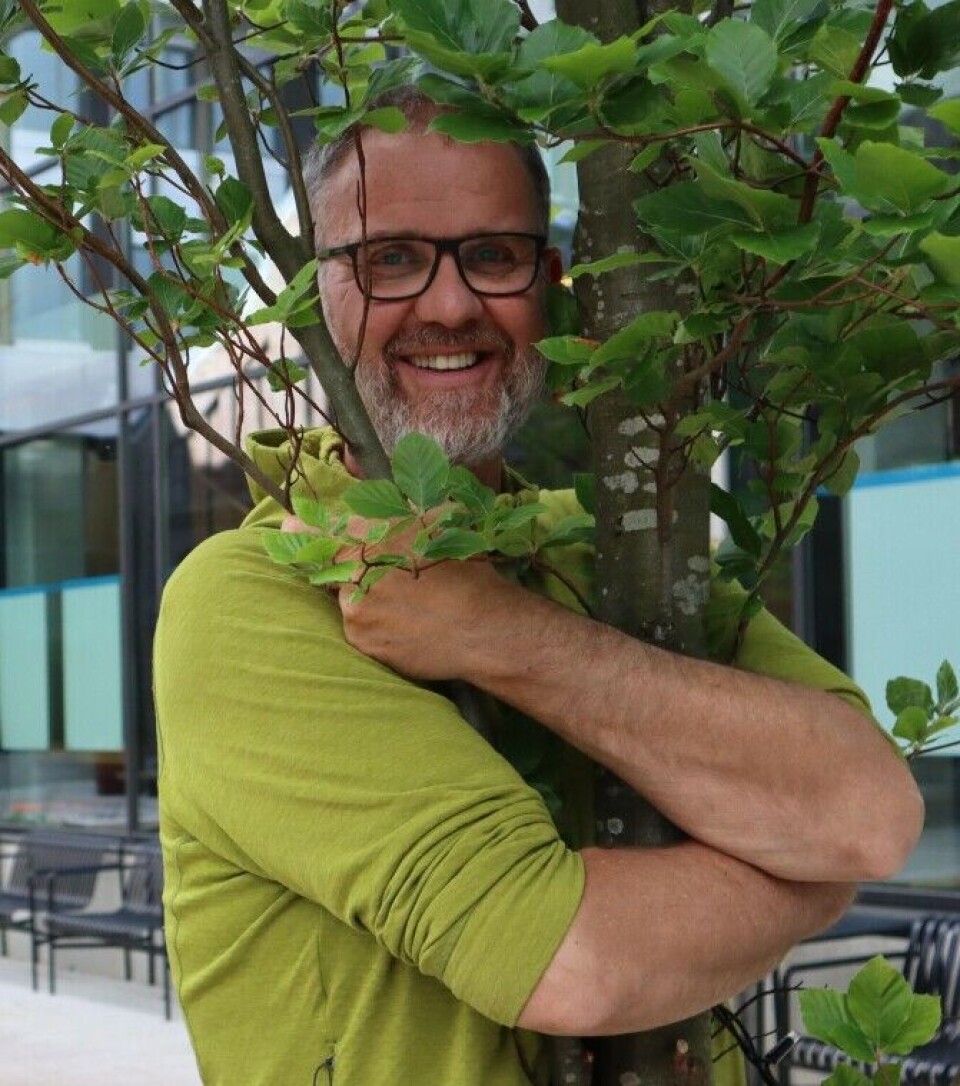
But he had a dream that went beyond just fixing things. He wanted to start a programme for children and young people to engage them with the sea and nature, allowing them to experience the same joy he had. So, he approached the Norwegian Association of Hunters and Anglers and asked if they would join him. They did.
“In the beginning, we took school classes out. But soon, we saw that some young people needed something extra. So, we started targeting the programme towards them,” he says.
Hidden in hoodies
What does it really mean to go to school year after year, feeling like you can’t accomplish anything?
“It’s like getting a slap in the face every single day. Eventually, I no longer wanted to go to school. I completely lost faith in myself – that I’d ever get a partner, a job, or a life,” says Kenneth Bruvik.
In a way, he sees himself in so many of those he meets through TAM.
“I know what hopelessness feels like,” he says.
Many of those who come to TAM, mostly boys, prefer to wear large hoodies. At first, many of them hide inside them, often pulling the hood down so far over their faces that others can barely see their mouths.
They seek refuge in this way because they expect nothing good from the world. What do you do then, to reach them?
“I recognise the darkness they’re in. When I see it, I know I have a job to do. I start with the mouth, since that’s all I can see,” says Bruvik.
“First, I use some approaches to get movement in the lower part of their faces. As soon as there’s sound in the mouth, the hood often starts to lift. Then I see some eyes. After a while, there may be some interaction between the mouth and the eyes. A smile may come along with a sparkle in the eyes. Then, small embers and sparks ignite,” he says.
This process of coaxing a young person out of their hoodie can take a long time – sometimes as much as a year. But it is worth it for Kenneth Bruvik. Seeing those embers and sparks is what he lives for.
The legacy of the janitor
We have to go back to the janitor at Fjell Middle School. Even though school was a torment for young Kenneth, this man was a major bright spot. He made a decisive difference for this boy that no one else knew what to do with.
Bruvik does not know how it happened – whether the principal suggested it or if the janitor took the initiative on his own. Either way, it was a wise move.
Sometimes Kenneth was allowed to leave the classroom to be with the janitor and do practical tasks around the school. This way, the young boy experienced the joy of using his hands. Suddenly, things were not so difficult anymore – he saw that he could contribute something useful.
Now he uses this method with the young people in TAM.
“I have yet to meet a person who doesn’t know how to do something practical. And the moment you do a piece of practical work, something beautiful happens: You get a visual experience of accomplishing something. That means a lot. That’s why I’m always quick to give students a practical task. Then I can start to look for their strengths, because they always exist. What do they like, what are they good at?” says Bruvik.
The chordal triad of agency
In exploring the educational practices in TAM, Ivan Tokheim and his colleagues have particularly used the sociological concept of ‘agency’ to understand what happens with the participants in the programme.
The hypothesis of the Chordal Triad of Agency was developed by researchers Emirbayer and Mische in 1998.
“You can think of it as agency having three different elements or tones, like a chord,” says Tokheim.
The first tone is about creating safe boundaries, as no one can act well in the world without feeling safe. This security is created in TAM by being calmly present as adults and by giving tasks that the young people can master.
The threshold for feeling mastery is low, and they receive recognition and respect from the first day. They also work in small groups with many adults present. This way, they get a completely different level of support and attention than in the classroom.
The second tone is about believing in the future. Students at risk of dropping out of school have usually lost faith that their future can be good. But by accomplishing more and more tasks in TAM and receiving positive feedback, they regain confidence in themselves.
Many return to their regular school after their placement day and proudly talk about what they’ve done by the sea. Some even get better grades in their subjects, despite missing some regular school hours.
When these two tones resonate together – secure boundaries and future confidence – a third tone emerges: A new way of seeing the present. When you feel safe and can envision a future for yourself, you gain a sense of direction, a compass for your own life.
Thus, you can look more closely at what you are doing here and now and develop a healthy sense of judgment around it. You naturally start to evaluate your actions and choose what you believe will help you move forward. This way, you become equipped to make better choices.
“TAM hasn’t had this framework in mind, but still, they’ve intuitively worked with exactly these three steps to build up the agency in the young people. I believe that’s why the programme has been such an enormous success,” says Tokheim.
What the teacher said
Being seen for who you are – it may sound simple. But this is the essence of what it takes for a person to thrive. The janitor made a big difference. But so did the homeroom teacher. Bruvik still remembers the words he once said to his mother, while little Kenneth was listening: "I’m not worried about Kenneth. He’ll manage.”
“It’s incredible how much it means – having someone say they believe in you. I carry those words with me even now, 40 years later,” he says.
Now he makes sure to do the same with his own students. If they have done a task well, he wants them to know it. They really need that affirming gaze. Few of them have much experience of being seen in that way.
“On the way to lunch or in another moment away from the rest of the group, I might say to that person: ‘You know, what you did this morning was good. Think a bit about the good thing you did’,” he says.
The path to that good action, even if it was simple, has often been very long. The children Bruvik works with have been considered lost by those around them.
One of them greeted him on the first day with the words: “I can smash your face in.” Bruvik responded that both he and the other adults were there to help him.
The same boy once nearly attacked another after getting poked in the eye during a playful fight. Bruvik held him back in his arms. He held on but also loosened his grip a bit so the boy wouldn’t feel trapped.
When the boy tried to lash out again with his fist raised, Bruvik held him back. In the end, he took the boy down onto his lap, sitting with him for a while until he calmed down.
Then he asked: “What do you need from an adult now?” The boy replied: “Exactly what you gave me.”
“Inside, they’re usually just a little, scared child. I know that. That’s why I’ve never feared any of my students,” he says.
Everyone should have this opportunity
Researchers Ivan Tokheim and Solvejg Jobst have drawn a clear conclusion after their research on TAM: Such an alternative should be available at all Norwegian schools. This is necessary for them to succeed with inclusion and personal development and for all children to be equipped to manage their lives in society.
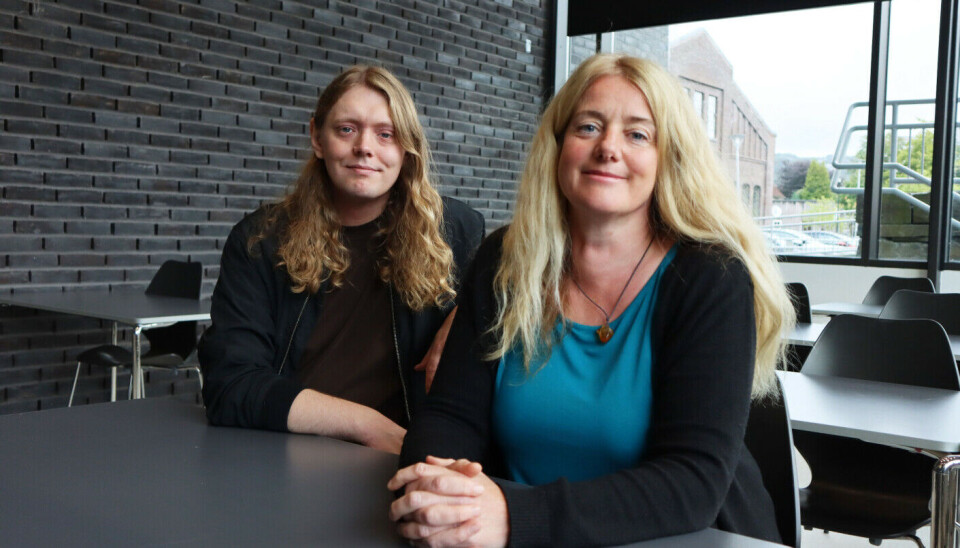
So far, they have interviewed adults – the instructors at TAM and the teachers at the school. They are unanimous in their opinion that this works. Next, they want to interview the students themselves to gain insight into how they experience it.
“TAM shares something in common with several other pioneering practices in the European educational system. The recognition of the child is at the core of these practices. Here lies the key to making educational systems across Europe more inclusive and just,” says Jobst.
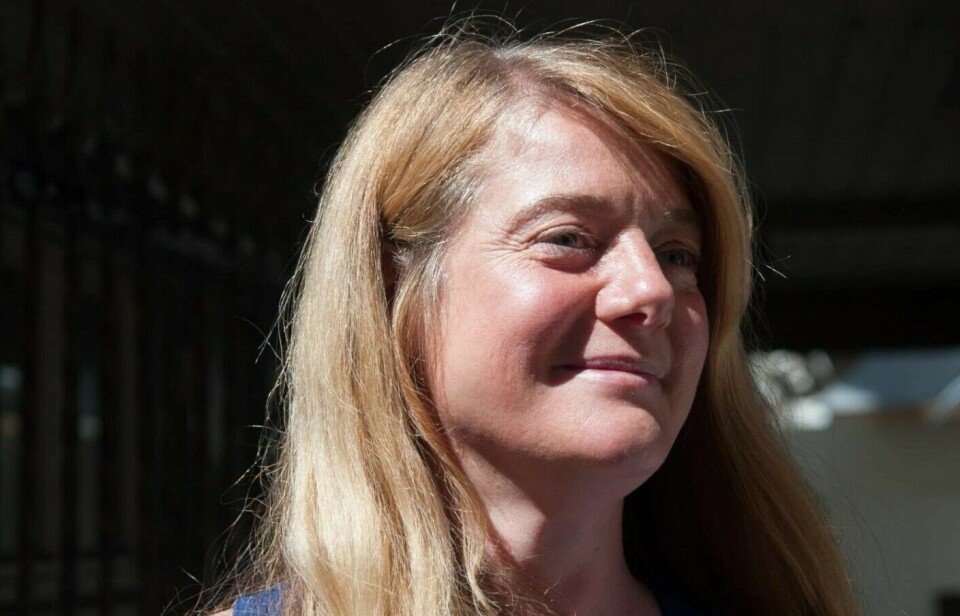
“Our clear recommendation is that we must start coordinating Norwegian offerings of this kind to strengthen them. Maybe we can start in Western Norway. The goal should be to make this an integrated part of the Norwegian school system,” she says.
Already today, there are many similar programmes in Norwegian elementary schools. Some are privately run and volunteer-based. Others are municipal initiatives. What they have in common is that students are often taken away from the school to another location where they work on practical tasks.
These programmes are vulnerable, depending as they do on political support or local enthusiasts to continue.
A disadvantage is also that they are expensive. At TAM, the adult-to-student ratio is much higher than at school. They depend on equipment such as boats, fuel, ropes, and fishing gear.
But Bruvik has no doubt that it is worth the investment:
“If you think about it from cradle to grave, a life that goes off track is incredibly costly. It easily costs 30 million paid by the community. I’m convinced that we save society enormous sums by helping these students become contributing members instead,” he says.
No walls, no ceilings
So many times over the years, Bruvik has wanted to take students under his wing and bring them home.
“Some of them, but not all, have parents who struggle. Then it gets passed on. I want to break that cycle,” he says.
He believes it is not just the way they approach the children that makes a difference. The surroundings also matter a great deal – just getting outside.
In those young people who are completely closed off, he sees how being in nature helps open them up. In the encounter with the forest and the sea, something changes in their breathing, the pace of their breath. Their bodies become calmer.
“I don’t have a roof, walls, or a floor. I have nature. You don’t get that stifling feeling here that you might get inside a classroom or an office,” he says.
“Sometimes, there are beautiful sunrises with a red hue and little wind. Other times, there’s a lot of wind, big waves. All the beauty, everything that changes from day to day, it affects the kids a little, nudging them in a slightly different direction. And that small difference can mean everything,” he says.
Some of the young people become so calm that they fall asleep. They can sit in the boat and sleep through an entire day.
“It’s not about laziness, but rather that they were completely exhausted before they came to me. Their shoulders were tense, their bodies full of stress. They’ve struggled so much in their daily lives. Only now can they relax,” he says.
When the calm becomes so deep that they fall asleep, it is a sign that they are beginning to feel like part of the community, of the world around them. That is what Bruvik believes. And making sure these children feel they belong in that way is his main goal.
“If they feel valued, then they don’t cause trouble. It’s that simple,” he says.
———
Read the Norwegian version of this article on forskning.no
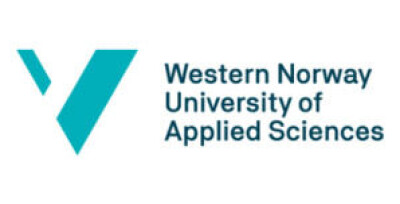
This content is paid for and presented by the Western Norway University of Applied Sciences (HVL)
This content is created by the Western Norway University of Applied Sciences' communication staff, who use this platform to communicate science and share results from research with the public. The Western Norway University of Applied Sciences is one of more than 80 owners of ScienceNorway.no. Read more here.
More content from the Western Norway University of Applied Sciences :
-
Research on weight loss surgery: Patients and therapists often do not talk about what really matters
-
Why does collaboration on patient care falter?
-
Could the answer to new clean energy solutions lie right in front of us – in the plant kingdom?
-
The story behind a spectacular finding:Loneliness could be a direct cause of type 2 diabetes
-
Children need new ways to learn about taste
-
Stigma has severe consequences for bereaved after drug-related deaths

































